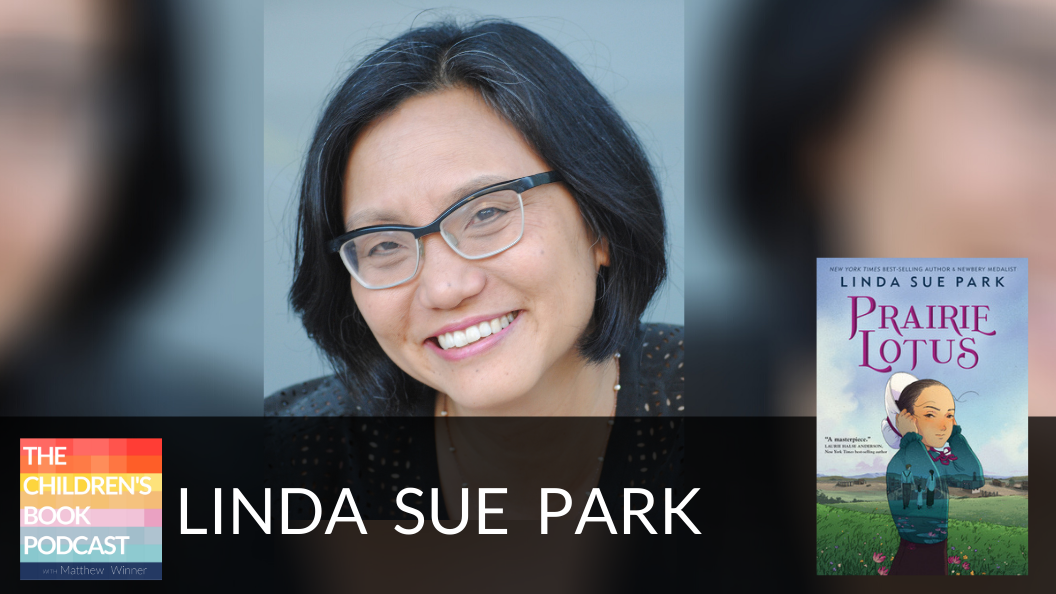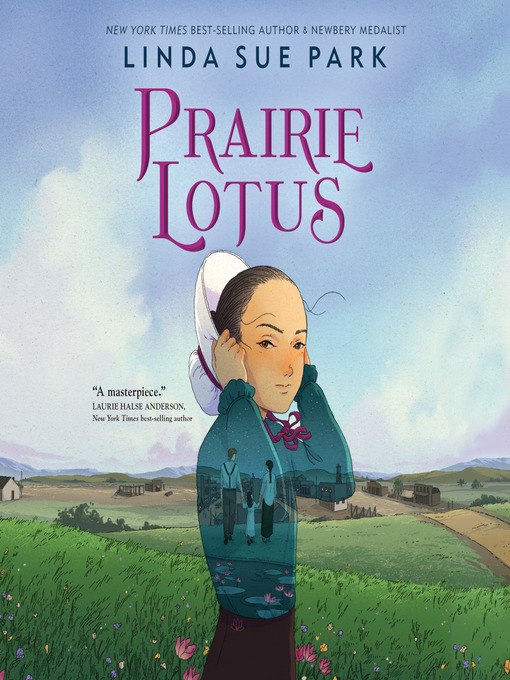

In my recollections, De Smet was a bustling prairie town full of mostly friendly people, the odious Nellie Oleson a notable exception. At the beginning of the book, they arrive in LaForge in 1880 in search of a place to put down roots. Hanna and her father left Los Angeles and its Chinese community three years ago, after Hanna’s mother died due to injuries incurred during the Chinese massacre of 1871. Hanna is biracial, with a Chinese-immigrant mother and a Tennessee-born white father. But if imagining reading the Little House books through Indigenous eyes changed the way I saw them, reading the settler story through Hanna’s eyes is equally transformative. So do we really need another settler story? Prairie Lotus returns readers to Wilder’s world-again, literally, as Park’s fictional Dakota Territory town of LaForge is modeled on the real-life town of De Smet, where the Ingalls family eventually settled. That their migration is forced by the westward flood of white settlers like the Ingallses is made explicit.

Rich in homely details of family relationships and living off the land, they cover much the same territory as the Little House books-literally, as Ojibwe protagonist Omakayas and her family move, like the Ingallses, through the upper Midwest to the Dakota Territory over the course of the books. Many have rightly suggested elevating Louise Erdrich’s Birchbark House series as an alternative or complement to the Wilder classics. She and others have helped me imagine seeing the books through the eyes of those whom Wilder denigrates and demonizes, and it’s an uncomfortable feeling. I didn’t notice the casual, sometimes vicious racism, and I didn’t think about how Laura’s life on the prairie was enabled by genocide.Īs an adult I did, helped along by less-credulous readers, most notably Debbie Reese, a Nambé Pueblo Indian critic and educator who has written often about the Little House books on her blog, American Indians in Children’s Literature. I never noticed, as I was reading and loving these books as a child, how their celebration of the rugged white pioneer spirit as embodied in the Ingalls family was inextricably bound up in the darker aspects of U.S.

Haven’t we been trying to move beyond them?

On the one hand: a new Linda Sue Park! On the other hand: a book that explicitly revisits Laura Ingalls Wilder’s Little House on the Prairie series. When I opened the box that contained my review copies of Linda Sue Park’s Prairie Lotus (Clarion, March 3), my feelings were…complicated.


 0 kommentar(er)
0 kommentar(er)
